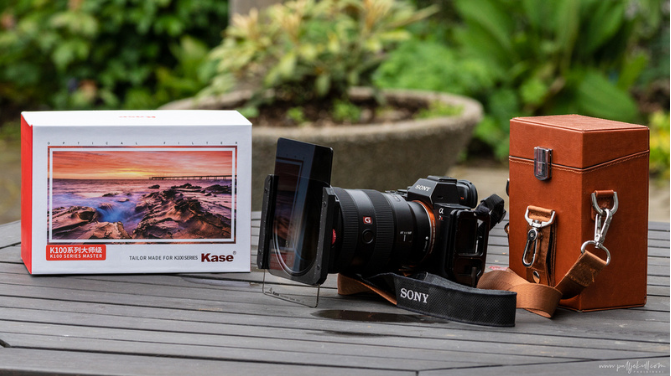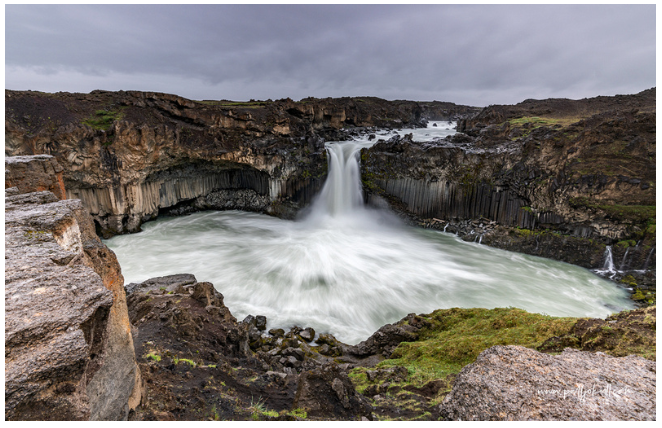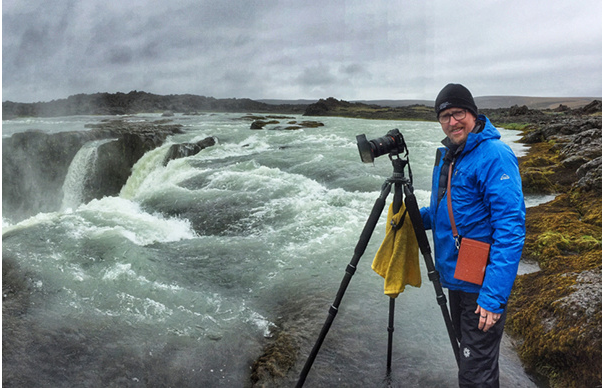Detail
[review]Kase Filters Review---Filters or no filters by Páll Jökull Pétursson
- Categories:News
- Author:
- Origin:review
- Time of issue:2018-08-22 01:37
- Views:
(Summary description)
[review]Kase Filters Review---Filters or no filters by Páll Jökull Pétursson
(Summary description)
- Categories:News
- Author:
- Origin:review
- Time of issue:2018-08-22 01:37
- Views:
Filters or no filters, that is the question!
It is most likely that you have often been dealing with difficult light conditions when photographing landscapes.
Blown highlights and too dark shadows make it nearly impossible to capture the photo in a single frame
as you see it in front of you so you need to bracket 3-5 shots and merge them in Photoshop or Lightroom
when you are back at your computer. This is one way to deal with this situation, but there is another way.

Filters
I have been using filters on and off for a long time in my photography,
helping me to get the result that I am aiming for. My camera is Sony a7r2
which has a very good dynamic range that helps me getting more information
out of my RAW files, but sometimes that is not enough. I started using LEE-filters
many years ago and have been happy with them so far. A few months back a good
friend of mine introduced me to a new filter system, KASE, which I tested and after
using it for a while I liked it better than my older set and have now bought and been
using the package you see on the photo.

This is the KASE Wolverine K100 Series Master Kit.
The Master Kit contains a Filter holder + Circular Polariser + Soft GND (gradient neutral density) 0.9 + Soft GND 1.2 + Soft GND 0.9 reverse + Neutral density filter ND65 (6 stop) + ND 1000 (10 stop) and a filter box that you see on the photo. It also contains a few adapter rings for different lenses, ranging from 67-86 mm. The ND filters are 100x100 mm and the GND are 100x150 mm in size. Attached on the camera above is a Soft GND 0,9 filter.
The CPL (Circular Polariser) is attached to the adapter ring with a magnet, so it is easy to insert and remove and it does not get stuck on the front of the lens as sometimes happens when using the regular screw-on filters. On the photo here to the left you see a red wheel on the side of the filter holder that is used to turn the polariser when it is attached on the magnetic adapter.
The Wolverine series filters are made from toughened glass*, that will withstand a drop or two, reducing the risk of accidentally broken filters when out in the field. They also will not scratch or mark very easily at all. The ND filters have no issues with colour casting, colours as reproduced perfectly, a great image every time. All Wolverine filters have nanotech coatings that help control reflections, repel oil and water and are mold resistant. They simply wipe clean when covered in sea spray, or water with minimal smudging. This is one of the most valuable when photographing waterfalls or using the filter in the rain.
*The toughened glass has been stress tested and drop tested at heights of 1m plus, falling onto multiple surfaces without any issues. However, as with all toughened glass products, it will weaken after repeated shocks from falls etc. The products are designed to reduce accidental breakages and not to be treated roughly all the time.

Photographing Waterfalls with filters
On the photo above I used the ND64(6 stop)filter to slow down the
flow of the water to make it smoother, reducing the shutter speed
to 0.5sec. The XPL (Circular polariser)to reduce the glare and reflection
on the water in the foreground and to enhance the green colour
of the moss. Finally I used the GND0.9(gradient neutral density
)filter to darken the sky and get more definition in the clouds.
Above you can view a video that shows you how rotating the CPL changes the effect it has on water.
You should observe the bottom of the river to the right where you will see the changes that are making
it darker by reducing glare.


Nanotech coating
When you are photographing in heavy rain or near waterfallls
it is good the have the Nanotech coated KASE filters taht you can
easily wipe dry before each shot. The KASE filters kit comes with a
white soft cloth taht you should keep in your pocket or in the filters
box. This is me on a rainy day at Hrafnabjargafoss waterfall.

Dramatic clouds with filters.
Here I used the KASE GND 1.2 to enhance the already dark clouds and the CPL for bringing out the colours.
You can rotate the filter holder on the lens so that the edge of the filter follows lines in the landscape,
in this case rotated slightly to the left so the angle of the graduation follows the line in the mountains.
The decision is yours
In the end it all comes down to a matter of taste if you want to use filters or
not when shooting landscape, and here I have just talked about few things that
I like about the KASE system. As I mentioned before, you can create some of
the effects in post processing, like Graduated filters in Lightroom or Adobe
Photoshop Bridge, but creating the Polarising effect is nearly impossible in post processing.
Also the ND filters are very useful, almost necessary, if you like the smooth look of waterfalls
or running water on a bright day.
Keywords: CPL, filters, GND, Iceland, KASE, Kase filters, landscape, ND-filters, photography
Photographer: Páll Jökull Pétursson
Follow him by: Facebook /Instagram/ Website
Scan the QR code to read on your phone







